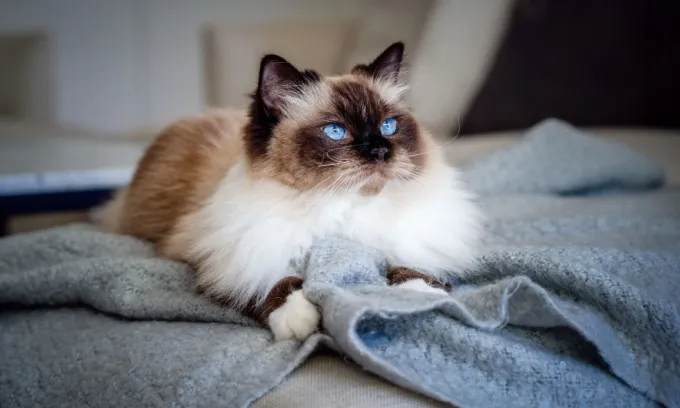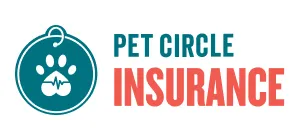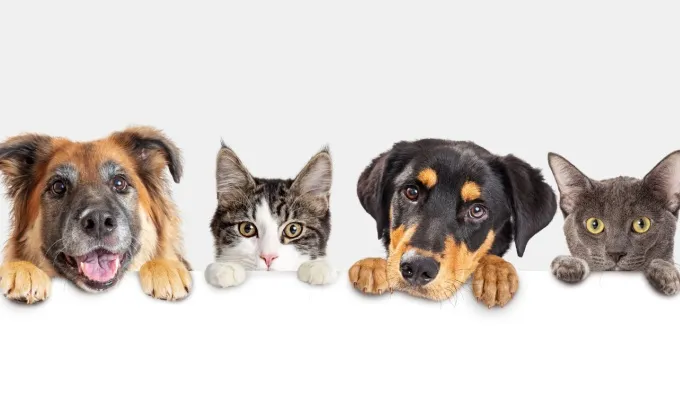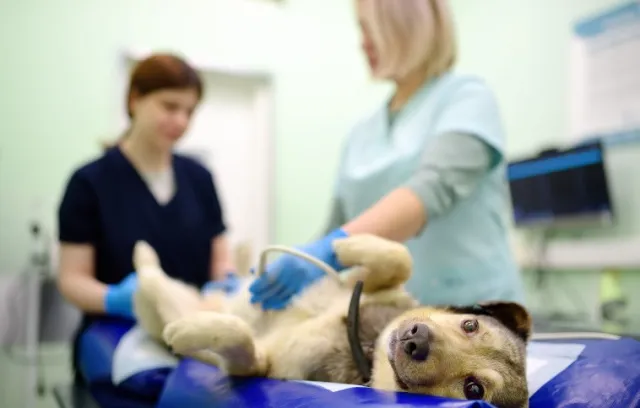How pet insurance for cats works
Pet insurance works in a similar way to private health insurance. You pay the premium listed in your policy which provides your pet with cover up to a set annual limit. This annual limit can range from $5,000 to $30,000 depending on your policy. You may be able to pay your premiums fortnightly, monthly or annually depending on your provider.
You’ll generally have to pay upfront vet expenses before submitting a claim. If the claim is successful, you will receive a percentage of your upfront payment back, as agreed to in your policy. An excess may also be due when making a claim.
What types of pet insurance for cats are there?
There are three types of pet insurance which cat insurance falls into: accident-only, accident and illness and comprehensive policies.
Accident-only pet insurance
This is the most basic form of pet insurance and provides coverage for accidents and emergencies only. For example, if your cat is injured or is bitten by a snake, this form of insurance may help to cover some or all of the costs associated with emergency surgery.
Accident and illness pet insurance
This type of policy provides coverage for accidents, as well as for the treatment costs associated with certain illnesses and diseases your pet might suffer from. Depending on the policy, this could mean coverage for illnesses and diseases such as cancer, diabetes, outer and inner ear infections and arthritis.
Comprehensive pet insurance
This type of policy is the most comprehensive form of pet insurance and provides coverage for the above situations—often with larger claimable limits. Some comprehensive policies also provide coverage for routine care procedures such as worming treatments, vaccinations, dental care, flea and tick control and even desexing and microchipping. Routine care may be available as either a standard inclusion or as an optional extra. Comprehensive pet insurance is generally the most expensive form of pet insurance.
What does cat insurance cover?
What’s covered by cat insurance can differ depending on the type of policy you take out. Generally speaking, each type of cat insurance may provide cover for:
Accident-only cover
- Injuries caused by motor vehicle incidents, burns and electrocution
- Bite wounds or fight related abscesses, as well as snake bite toxicity and reactions caused by bites from insects, spiders or scorpions etc.
- Bone fractures
- Traumatic ligament or tendon injuries (cruciate ligament injuries may be subject to specified limits)
- Abrasion or lacerations of skin, tissue or mucous membrane due to external trauma.
Accident and illness cover
- Diseases such as cancer, diabetes, hyperthyroidism, heart disease, arthritis, renal disease, intervertebral disc disease (IVDD) and feline lower urinary tract disease.
- Conditions such as outer and inner ear infections, gastrointestinal problems and skin related issues.
- Poisoning and the ingestion of foreign objects
- Treatment of paralysis ticks (sub-limits may apply).
Comprehensive cover with routine care procedures
- Desexing, microchipping, teeth cleaning, dental illness and heartworm treatments and dew claw removal
- Alternative therapies
- Prescription diets
- Behavioural therapy and obedience training (from a recognised facility)
- Council registration fees
- Cremation or burial.
It’s important to check the policy documentation of any pet insurance policy you are considering, such as the Product Disclosure Statement (PDS), as these documents should outline what’s included for coverage by a policy. It’s also important to note that different policies may have different limits and sub-limits for certain treatments and conditions.
What does cat insurance not cover?
Depending on the type of policy you have and its level of coverage, there may be a number of things that could be excluded from your cat insurance. These include:
- Non-emergency at-home vet visits or transportation to the vet
- Non-emergency boarding
- Pre-existing conditions (including conditions that your pet has already been treated for or is showing symptoms of)
- Pregnancy and obstetrics
- Elective treatments and surgery to improve your pet’s quality of life
- Harm that has been caused to your cat deliberately or by negligence
- Preventative care such as vaccinations, teeth-cleaning and desexing (although these routine care procedures may be covered under comprehensive policies).
It’s important to read the relevant policy documentation, such as the Product Disclosure Statement (PDS) and Target Market Determination (TMD), for any policy you are considering. This can help to give you a better idea of what is and isn’t covered, as well as whether the policy is suitable for you and your pet’s needs.
Is cat insurance worth the cost?
This will ultimately depend on you and your cat’s needs, as well as your overall budget. While having pet insurance can provide peace of mind that you’ll be reimbursed (up to a certain %) for unexpected injury or illness costs, some pet owners instead choose to create an emergency fund to help provide cover in these circumstances.
It’s worth weighing up which of these approaches better suits you, either paying consistent pet insurance premiums (which may help with budgeting) or putting away savings in an emergency fund (such as in a high interest savings account). It can also be worth thinking about your cat’s needs, lifestyle and medical history, as these may suggest whether your cat is more or less likely to incur vet expenses.
If you’re interested in pet insurance, compare cat insurance by using the above comparison table. The table allows you to filter by Star Rating, provider, accident and illness inclusions and policy features.
Cover image source: Hergott Photography/Shutterstock.com
























